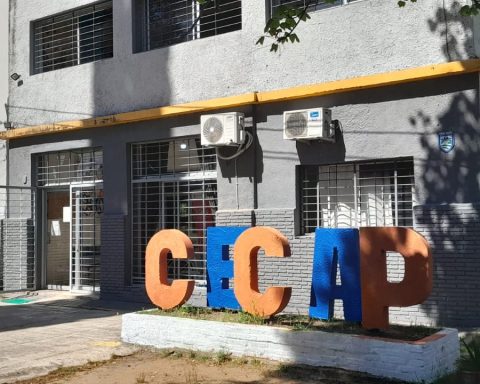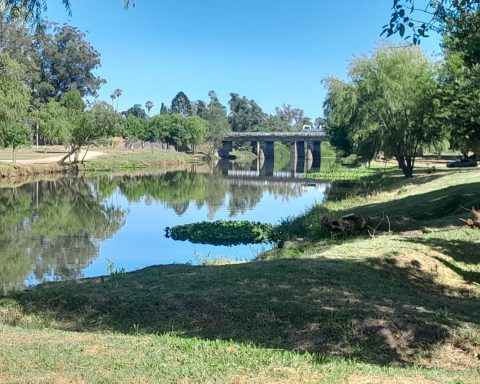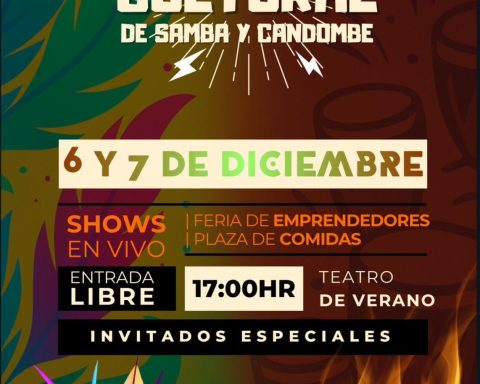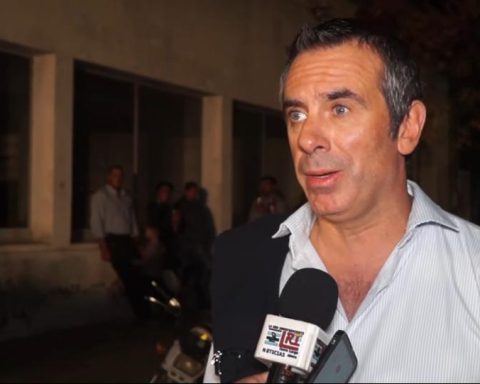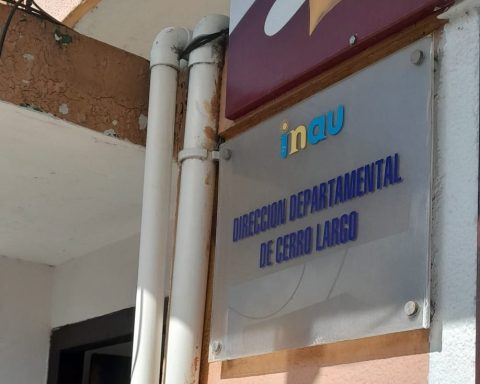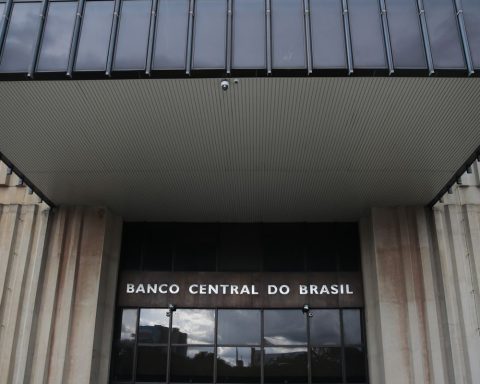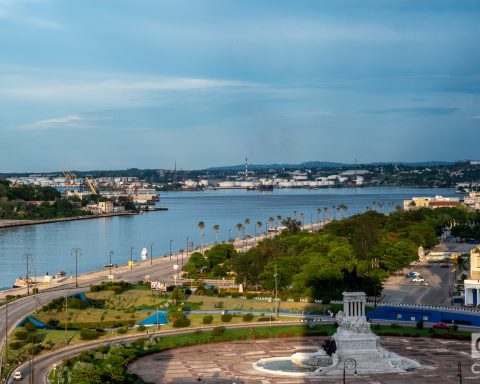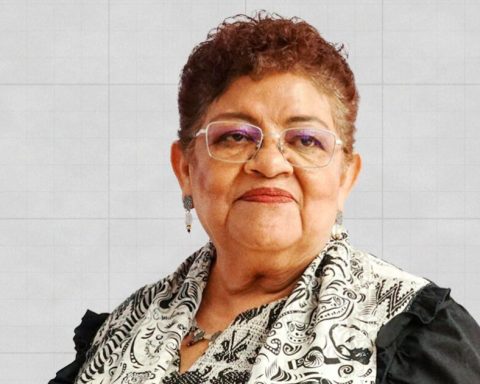The Executive Branch commissioned private companies to begin feasibility studies for the construction of a tram train that connects Plaza Independencia (Montevideo) with the city of El Pinar (Canelones). In addition, it opened a stage of discussion with the municipalities of both departments.
“The tram train has the potential to improve the quality of the Montevideo transportation system,” said Gonzalo Márquez, an economist specializing in public transportation and former director of the Transportation Division of the Montevideo Municipality, when consulted by The Observer.
However, the economist qualified the novelty while waiting to find out how it will work. “You have to see a lot of things, such as how to improve the speed that the current transportation system has today,” said Márquez.
Márquez defined the tram train, also known as train-tram, as “vehicles that have the capacity to circulate on a tram line, but can also do so on a conventional railway line, such as the Central Railway”.
Differences between tram, trolleybus and BRT
He tram train It has a length that can go from 30 to 50 meters of lake, with the capacity to transport between 200 and 400 passengers. A higher number compared to the trolleybuswhich have different sizes:
- Conventional trolleybuses of a single body: 12 meters long, capacity for 80 passengers
- Two-body trolleybuses: 18 meters long, capacity for 140 passengers.
- Largest trolleybuses: 24 meters long, capacity for 220 passengers.
The buses that use the BRT (Bus Rapid Transit) system are 18 to 24 meters long and have the same capacities as trolleybuses (between 140 and 220 passengers).
The big difference between the tram train and the trolleybus is that the latter may not follow a linear path. “In the case of a tram, we are talking about a guided mode, it only goes along the track. A trolleybus can move”, because today they have the capacity to circulate without the need to be connected 100% of the time to the power line.
“The trolleybus is a wheeled vehicle, like a bus powered by an electrical line,” explained the specialist.
He BRT transportation system It intends to emulate the metro or subway systems, but applied in buses. In this way, the aim is to minimize travel delays, commented Márquez.
The BRT system is based on three pillars. First, the buses need specific space for circulation, such as a segregated transport corridor, something that does not exist in Montevideo. The Garzón Corridor is not segregated, but is hybrid because it also has a space for cars.
It also requires a quick approach to the vehicle. In other words, the passenger pays at a station before getting into the vehicle, and not when he is on top of it.
Finally, it is necessary that the vehicle does not wait for a green light at the intersections; On the contrary, it requires an “intelligent traffic light” that detects that vehicles are arriving and gives them a green light (automatically).
